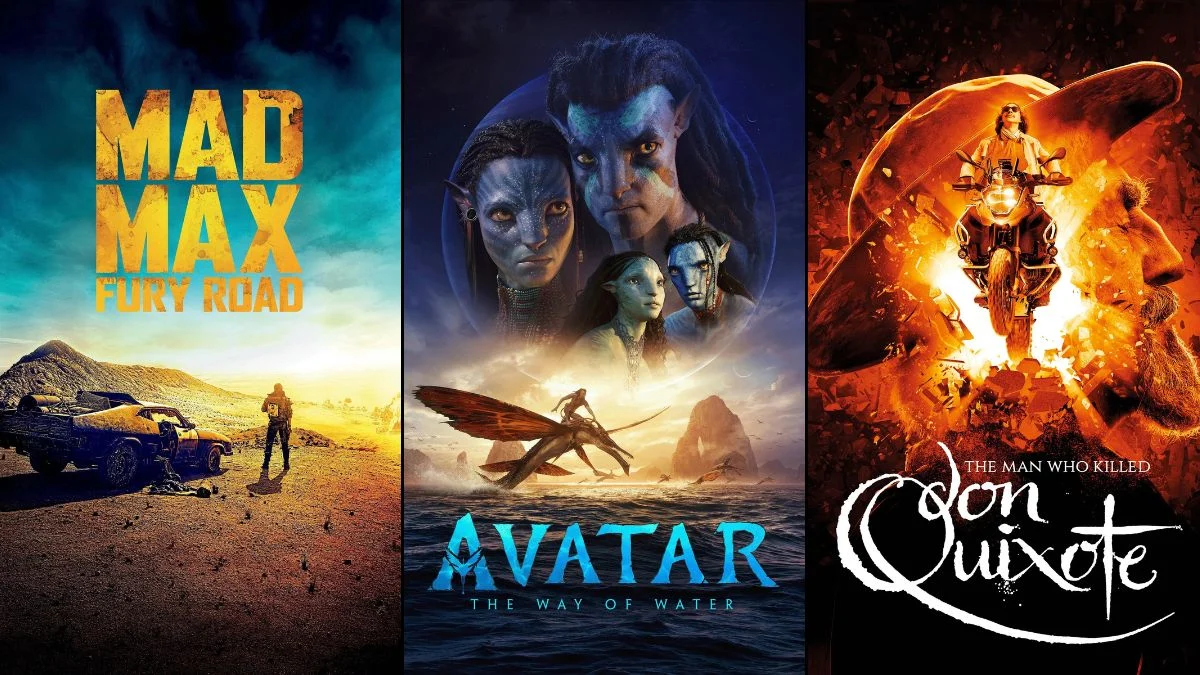
Movies don’t always come together easily. Some are made on time, while others face years of challenges – endless rewrites, abandoned attempts, and problems during production. The films listed below all had particularly difficult journeys to the screen, facing issues like money problems, technical difficulties, legal battles, company changes, lost film, and bad weather. They’re a reminder that making a movie is full of surprises when creative ideas meet the realities of the world.
‘The Thief and the Cobbler’ (1993)

Animator Richard Williams started working on this deeply personal film in the late 1900s and continued to develop it for many years. The project faced repeated funding problems and was almost finished by different investors before its completion. Ultimately, others finished the film using preliminary versions and alternate scenes. Because so much footage existed in different forms, it’s been restored and re-edited several times since its release.
‘The Other Side of the Wind’ (2018)
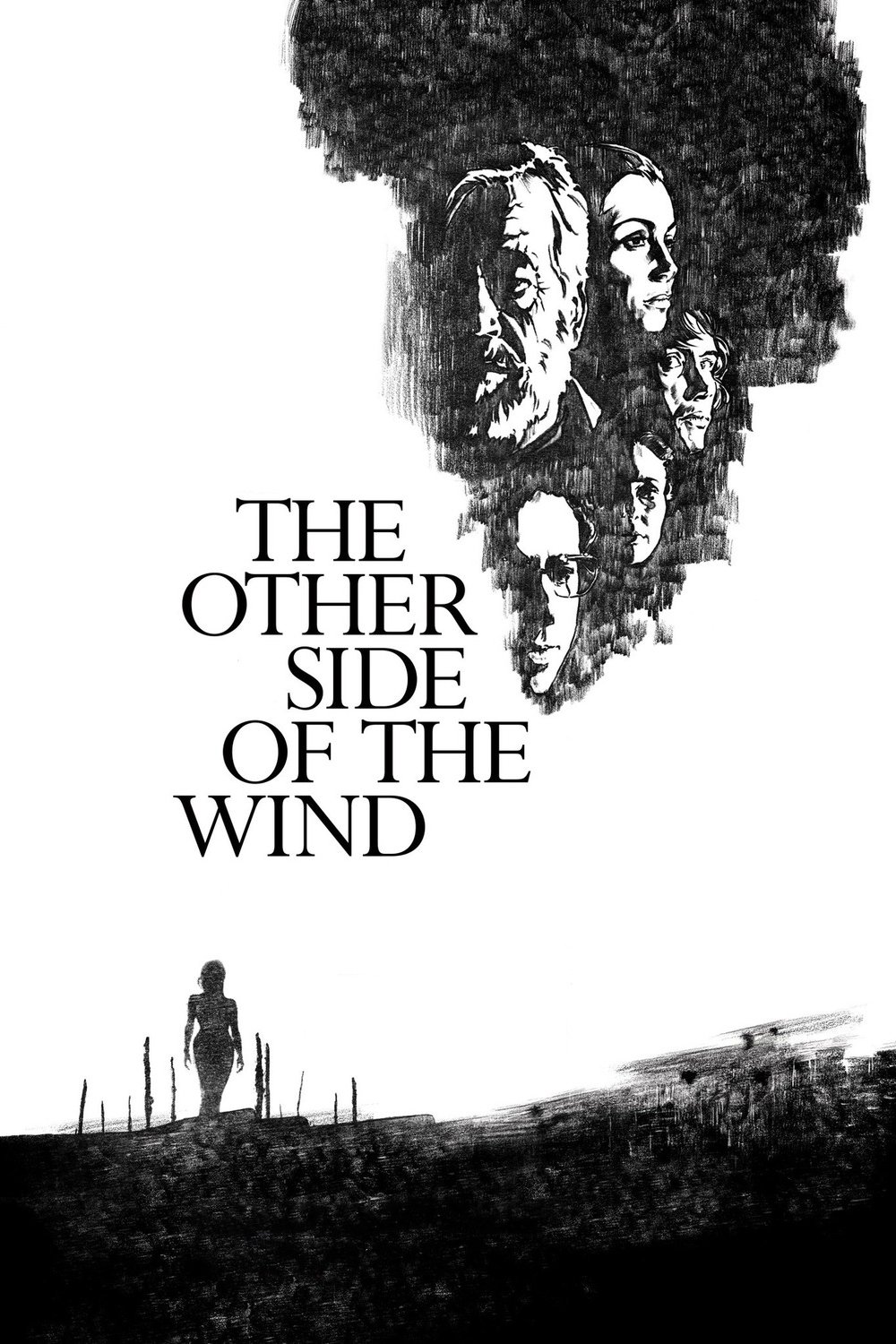
Orson Welles worked on this film over several years, but it was stalled by legal battles and financial difficulties. The footage was scattered and ownership was divided, leaving the project unfinished for decades. Eventually, editors and producers pieced together the available materials, following Welles’s original vision, to finally complete his last feature film.
‘The Man Who Killed Don Quixote’ (2018)

Terry Gilliam faced numerous setbacks trying to get this movie made, struggling with problems like bad weather, cast and crew injuries, and running out of money. Legal issues and insurance disputes further delayed the project. Eventually, after years of difficulty, he secured new funding and a new cast, allowing filming to finally begin.
‘Boyhood’ (2014)

Richard Linklater had a unique idea for a film: to show the same characters aging over many years, played by the same actors. The cast would come together for brief filming sessions each year for over a decade. This meant keeping track of details meticulously and required a strong commitment from everyone. The final movie feels like one continuous story, but it’s actually made up of snapshots of life taken each year.
‘Avatar: The Way of Water’ (2022)
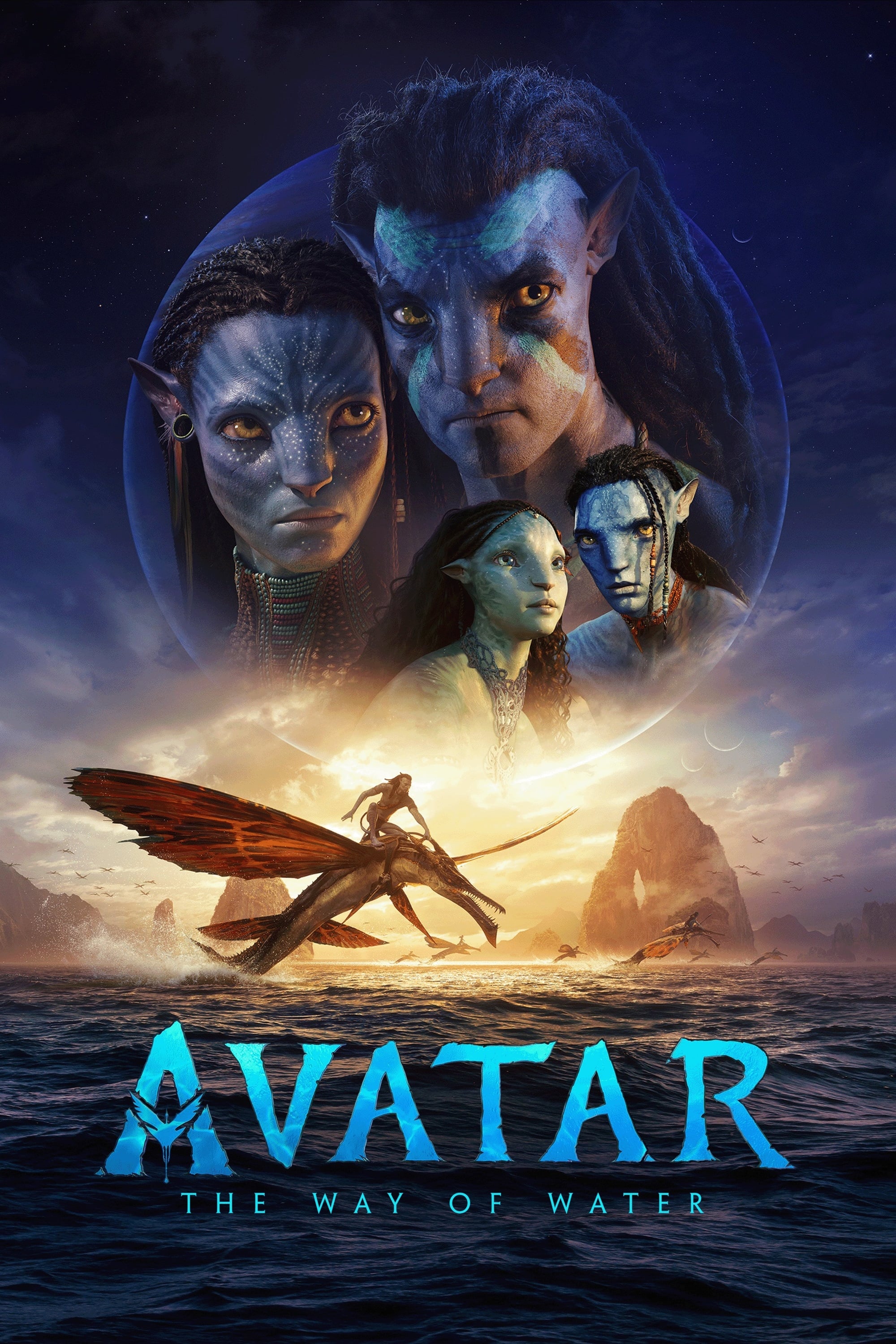
As a huge fan of the first movie, I was thrilled when James Cameron announced sequels, but I understood he wasn’t going to rush things. He really wanted to push the boundaries with performance capture and underwater filming, so he waited until the technology was ready. Apparently, creating the world of Pandora again, especially the ocean scenes, required building incredible visual effects systems from the ground up! And juggling the schedules of all the returning and new actors? That sounded like a nightmare. Honestly, it took a long time to get the movie finished, and it was worth the wait – the post-production was clearly a massive undertaking.
‘Silence’ (2016)
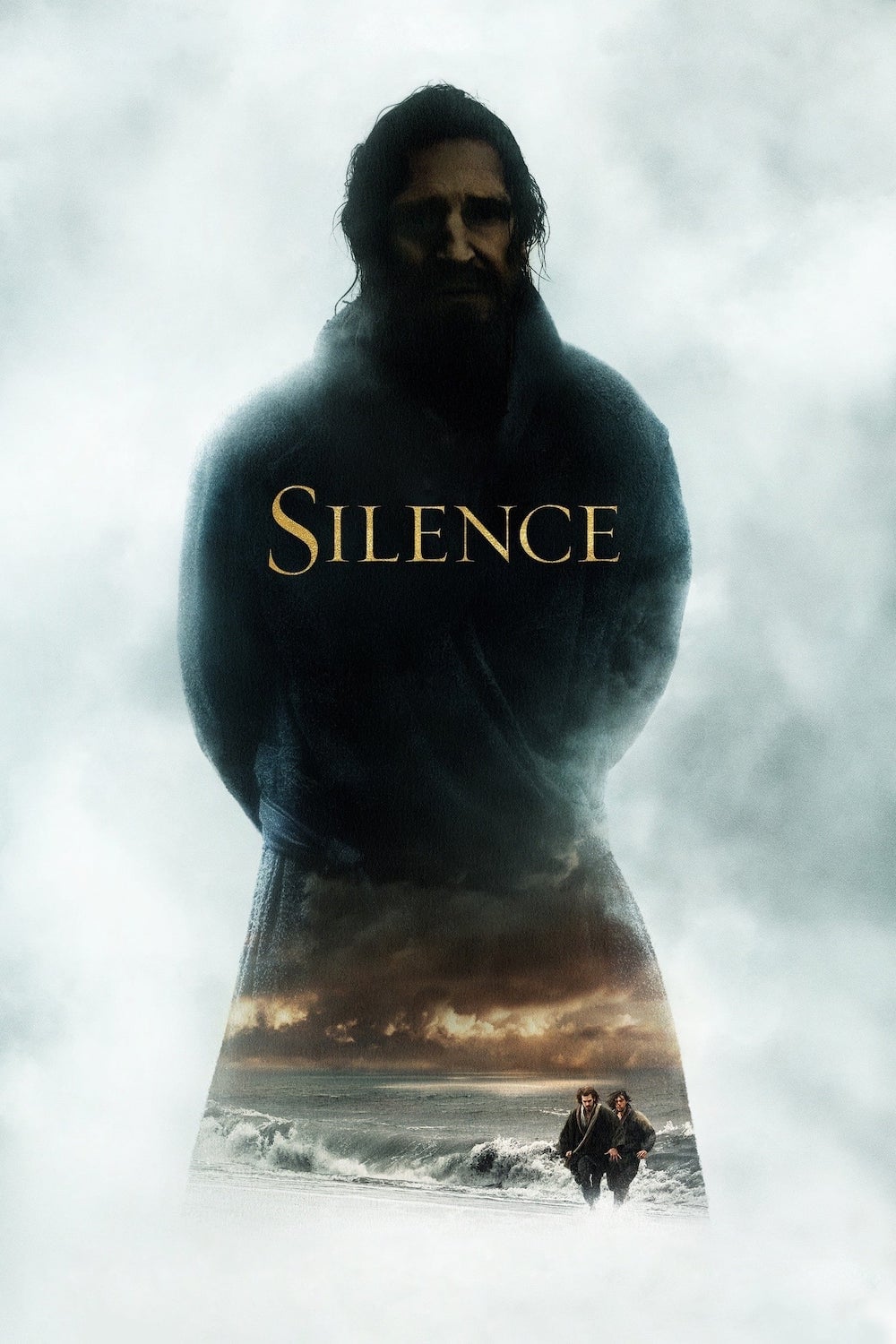
Martin Scorsese discovered this story early in his career and spent years attempting to bring it to life between other films. It faced numerous setbacks, including lost funding and shifting cast lists. The film’s challenging locations and need for a specific language also made it a risky investment. Finally, the project gained momentum when the right combination of financial support, actors, and tax breaks came together.
‘Mad Max: Fury Road’ (2015)

George Miller planned the vehicles and overall look of the film well in advance of filming. However, unexpected real-world issues caused them to change locations and spend more money. Filming was further delayed by challenging vehicle stunts performed in difficult outdoor locations. Finally, a lot of editing and visual effects were needed to complete the movie.
‘Apocalypse Now’ (1979)
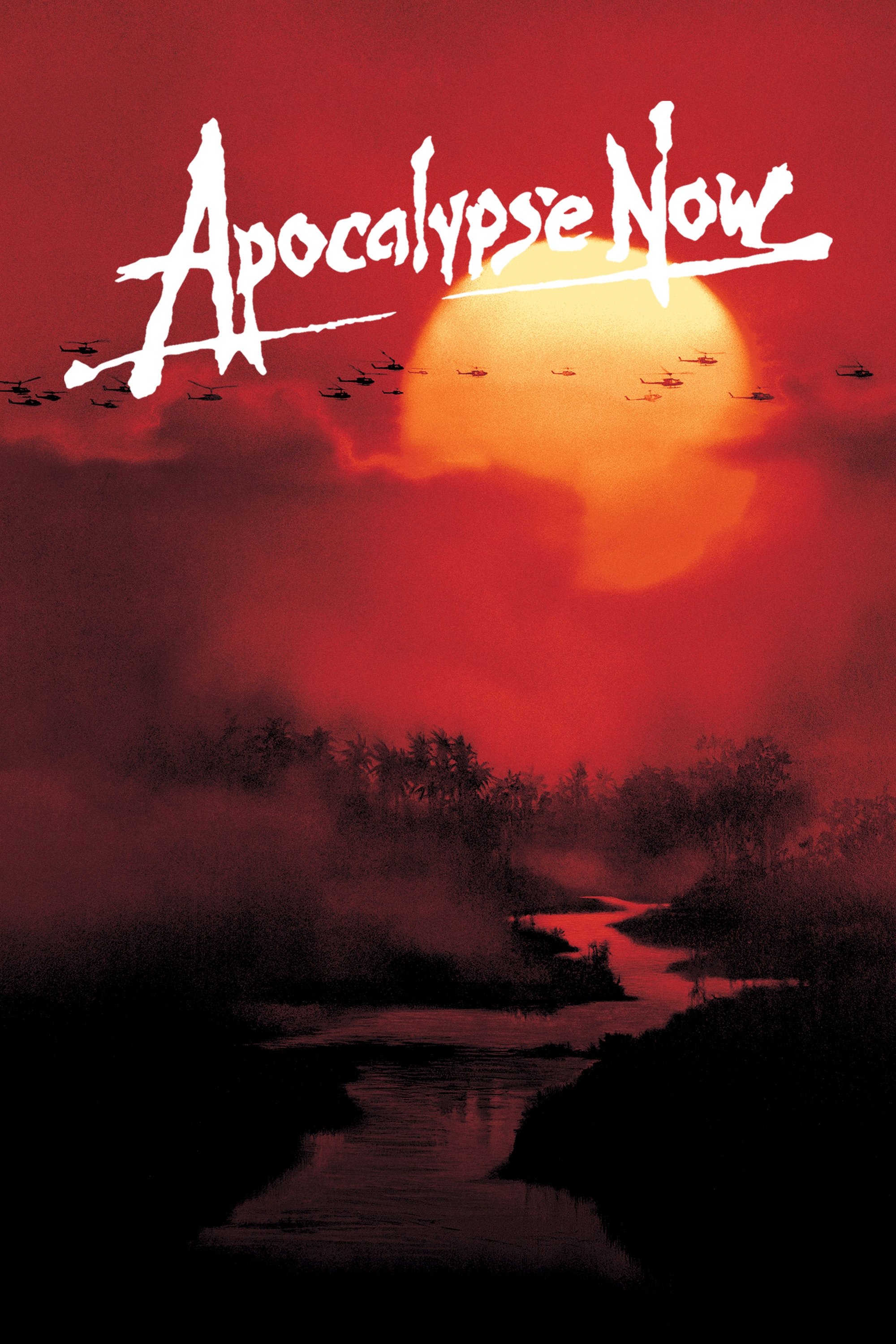
Filming took place in a tropical area, but the weather was harsh and damaged the sets. The main actor became seriously ill and needed time to recover. Unexpected changes in helicopter access, due to military demands, disrupted the filming schedule. Finally, finishing the film took longer than expected because the sound and editing were very complicated.
‘Eyes Wide Shut’ (1999)

Stanley Kubrick was known for his meticulous and lengthy filmmaking process. He often kept his actors and crew working for extended periods, painstakingly recreating sets to capture even minor differences between shots. He’d also repeat scenes multiple times, focusing on the smallest details. Even after initial editing, he continued to film additional shots and scenes to perfect the final product.
‘The New Mutants’ (2020)
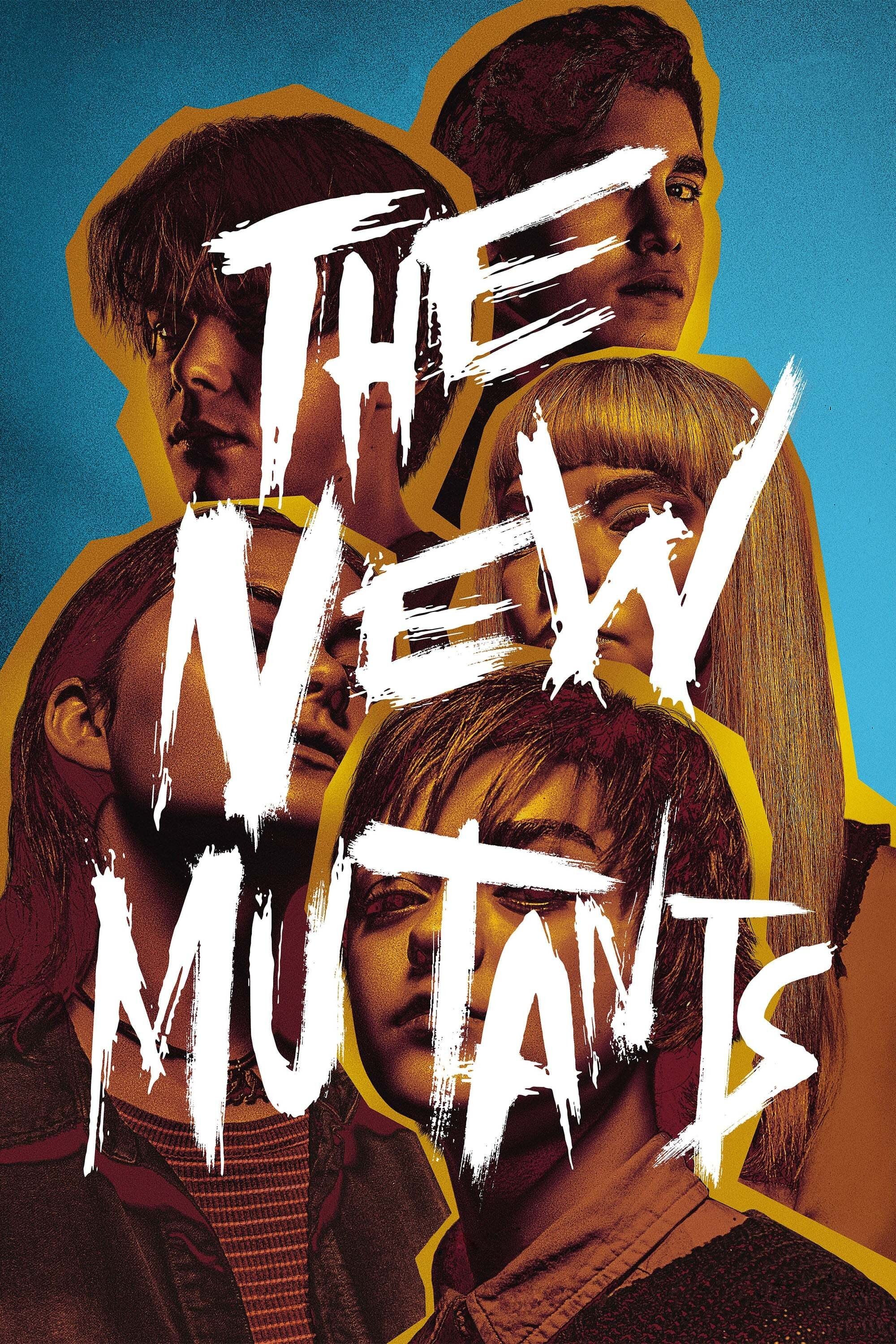
Filming finished, but the movie’s release was delayed because the studio changed hands. Marketing and release dates were constantly changing as they figured out how the film fit into a larger cinematic universe. Plans for additional shooting were discussed and modified due to scheduling issues, ultimately leading to a release date much later than originally planned.
‘Black Adam’ (2022)
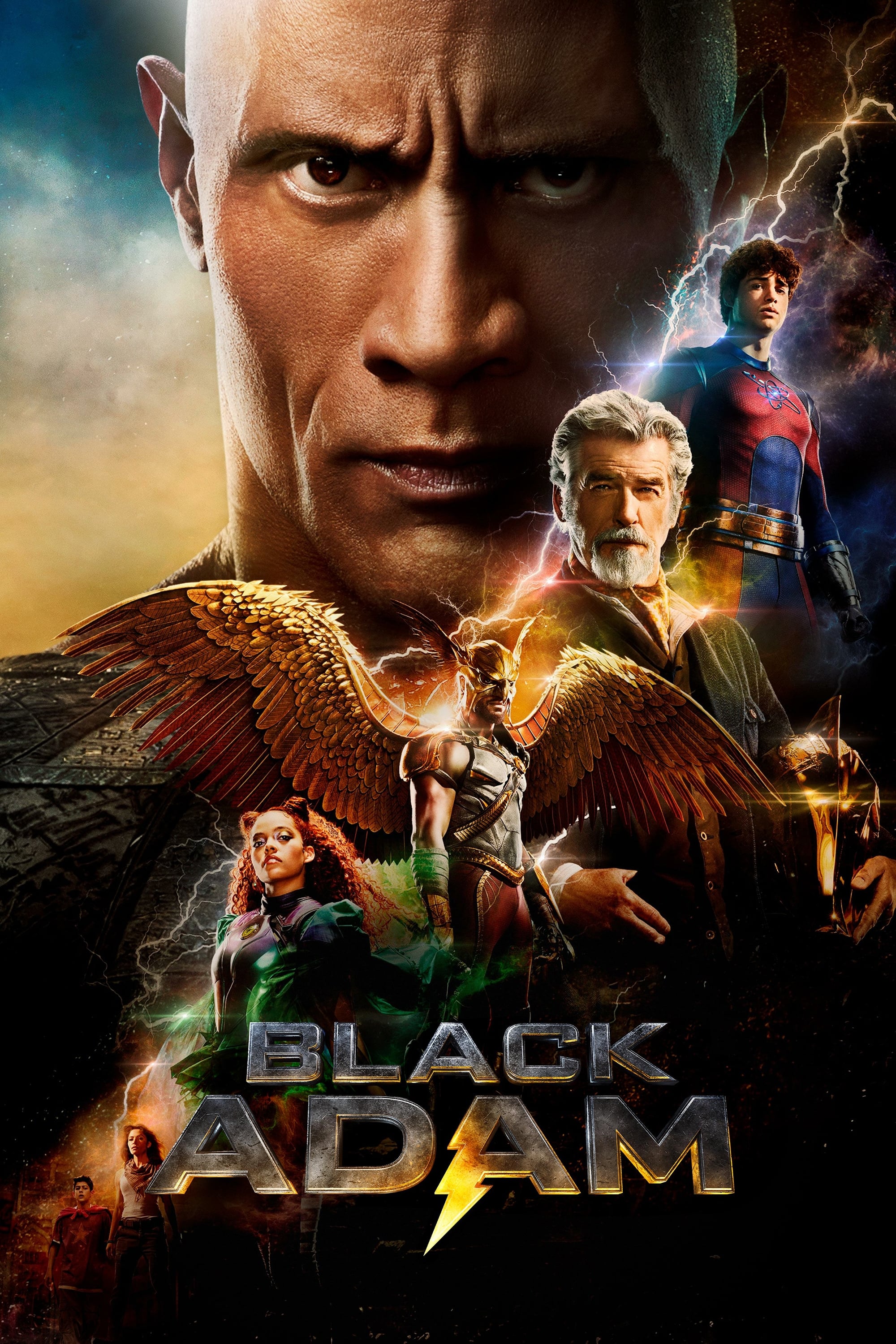
This actor was connected to the role long before the movie was officially approved. Early versions of the script experimented with various storylines and team-ups, and the studio’s management changed several times during development. Eventually, the filmmakers decided to focus on a single, independent story after plans for a different character fell through. The film then went through a lengthy and complex post-production process filled with visual effects.
‘Dallas Buyers Club’ (2013)

This screenplay had been around for a while before anyone actually filmed it. The project faced numerous setbacks, with several directors and actors attached at different times, but funding kept falling through. Its historical setting and difficult themes made investors hesitant. Eventually, the movie got made when the actors agreed to work for less money and a new, independent way of funding was established.
‘Bohemian Rhapsody’ (2018)
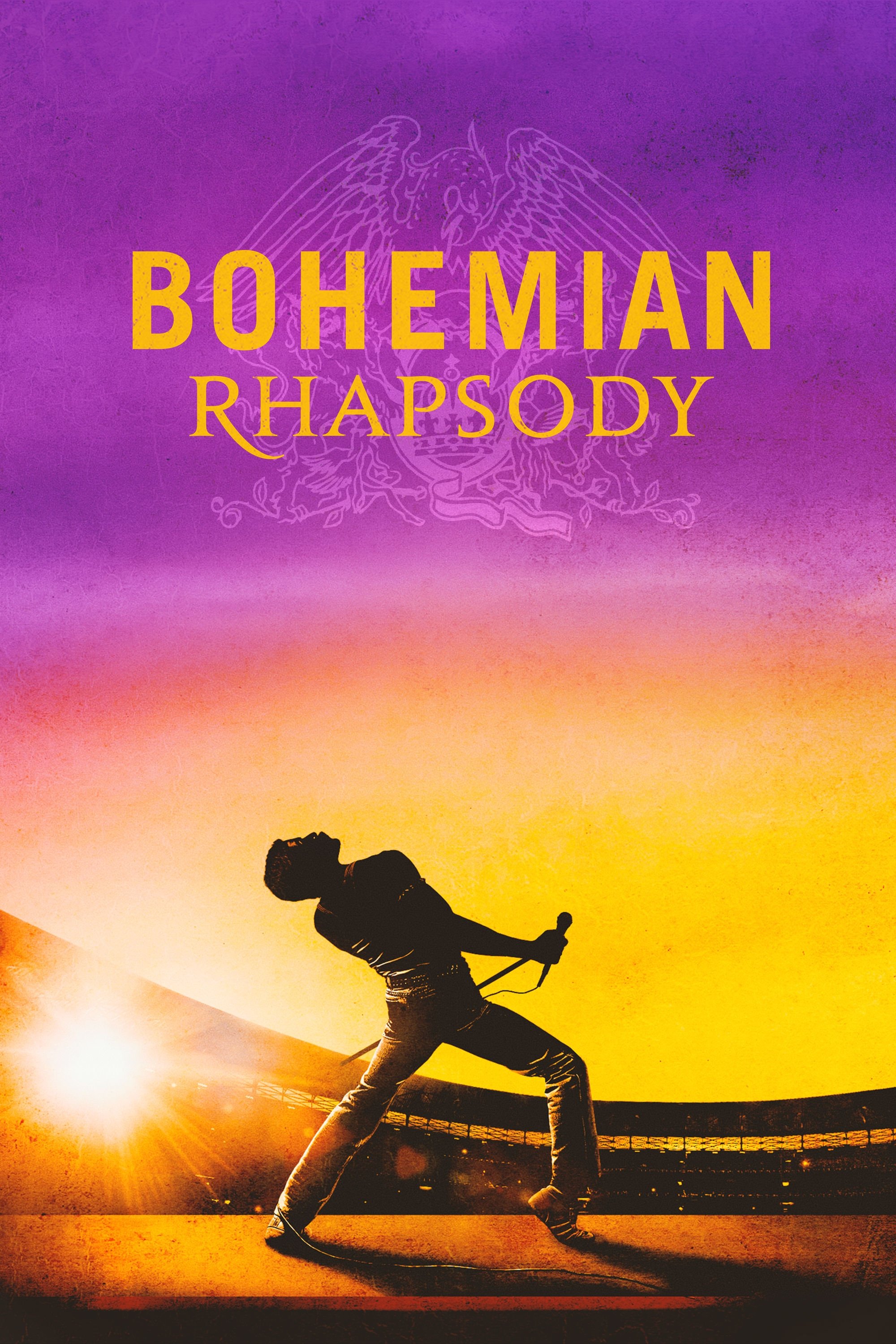
Telling the story of this band proved challenging, with multiple teams working on it. The script was rewritten many times as the band and producers debated how to best portray the facts and overall feel. A change in directors during filming created scheduling and editing headaches. The finished film combined footage from numerous performances with recreated concert scenes that needed a lot of visual effects.
‘Freddy vs. Jason’ (2003)

For years, studios attempted to combine these two popular franchises, going through many different versions to get it right. It was complicated because multiple owners had to agree on everything, including the story and how intense it could be. Filming didn’t begin until everyone involved was happy with the final concept.
‘AVP: Alien vs. Predator’ (2004)

This team-up idea started in comics and video games, but took a long time to develop into a movie. Getting the rights and managing the different brands involved caused several delays. It also took time to finalize the special effects and design the creatures. Finally, a script that successfully blended the stories of both worlds allowed the project to move forward.
‘Superman Returns’ (2006)

Following a string of sequels, the film series stalled, and multiple attempts to restart it fell through. Several promising scripts were written but never filmed. The studio spent a long time deciding on the right direction and scale, leading to numerous casting changes and director swaps. Ultimately, the finished movie picked up where the original films left off and relied heavily on computer-generated effects for its action sequences.
‘John Carter’ (2012)

For decades, various studios considered how to bring this story to life. Initial attempts at a live-action movie failed because the complex creatures and scenes were too difficult to create with the technology available at the time. While modern special effects eventually made it possible, the project continued to shift between different development teams. It wasn’t until a clear creative vision and sufficient funding were secured that the project truly began to move forward.
‘Sin City: A Dame to Kill For’ (2014)
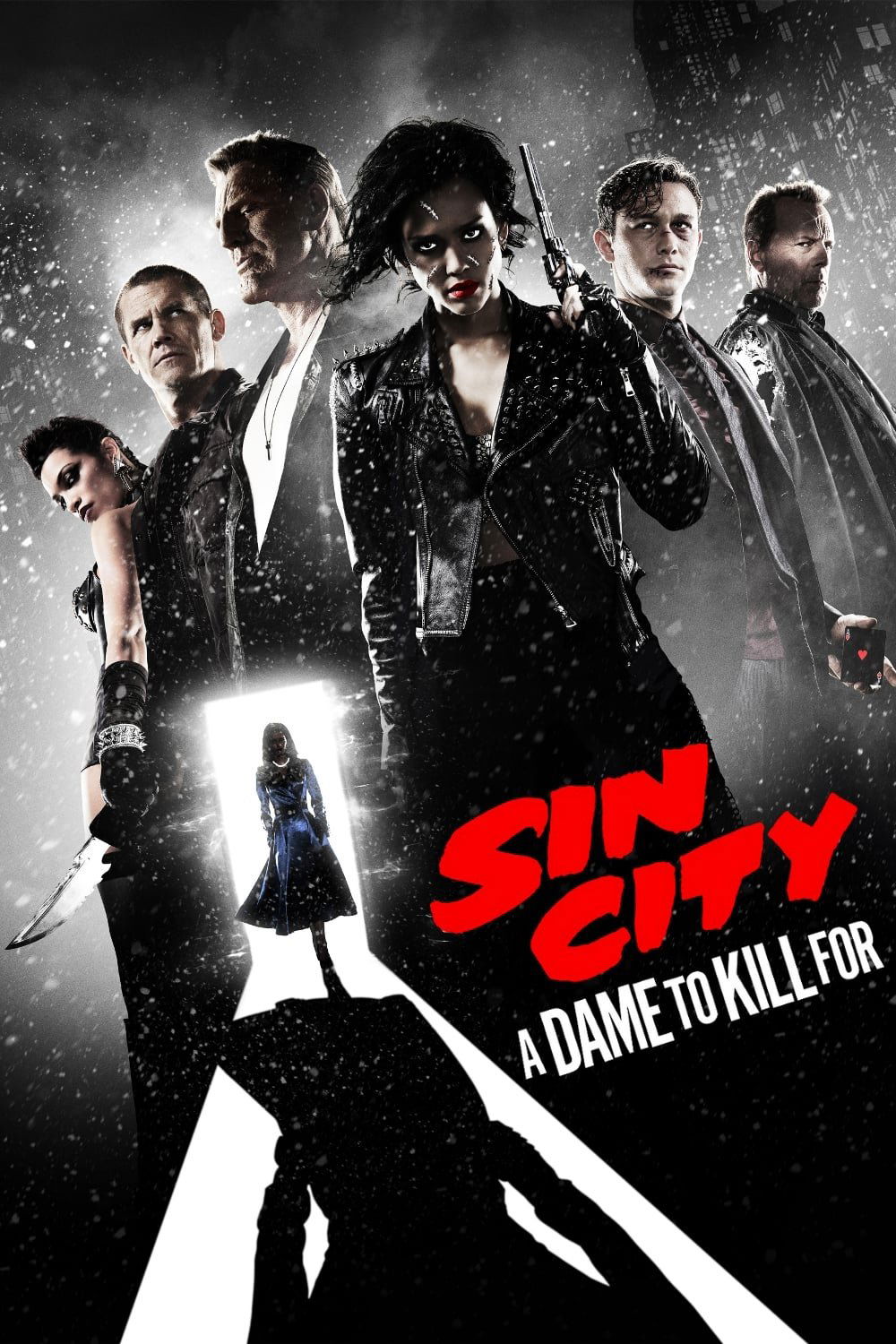
A second graphic novel adaptation remained undeveloped for a long time. Difficulties securing rights, funding, and coordinating the busy schedules of a large cast delayed the project. New digital technology was incorporated, which meant establishing new production processes. Eventually, enough elements came together, allowing the sequel to return to its distinctive visual style.
‘The Irishman’ (2019)

The team spent years developing this crime story and securing the necessary financing. Making the de-aging effects look realistic was essential, especially since they appeared throughout the film. The extensive visual effects required a partner who could handle the complex and time-consuming post-production process. Finally, they adjusted their release plan to account for the movie’s length and the specialized finishing touches it needed.
‘Gangs of New York’ (2002)

Martin Scorsese had wanted to make this film for a long time, but it faced numerous hurdles. Creating detailed historical sets and finding the necessary funding proved difficult, and planning shoots in various international locations with a large cast caused further delays. The project finally got underway when the studio agreed to support it, and favorable tax breaks helped make the budget feasible.
Share your favorite examples of films that took ages to reach audiences in the comments.
Read More
- Robert Kirkman Launching Transformers, G.I. Joe Animated Universe With Adult ‘Energon’ Series
- Avantor’s Chairman Buys $1M Stake: A Dividend Hunter’s Dilemma?
- Ex-Employee Mines Crypto Like a Digital Leprechaun! 😂💻💸
- UnitedHealth’s Fall: A Seasoned Investor’s Lament
- Сегежа акции прогноз. Цена SGZH
- AI Stock Insights: A Cautionary Tale of Investment in Uncertain Times
- NextEra Energy: Powering Portfolios, Defying Odds
- Hedge Fund Magnate Bets on Future Giants While Insuring Against Semiconductor Woes
- Top 20 Hilarious Conservative Comedians Ever, Ranked
- The Illusion of Zoom’s Ascent
2025-11-07 00:16